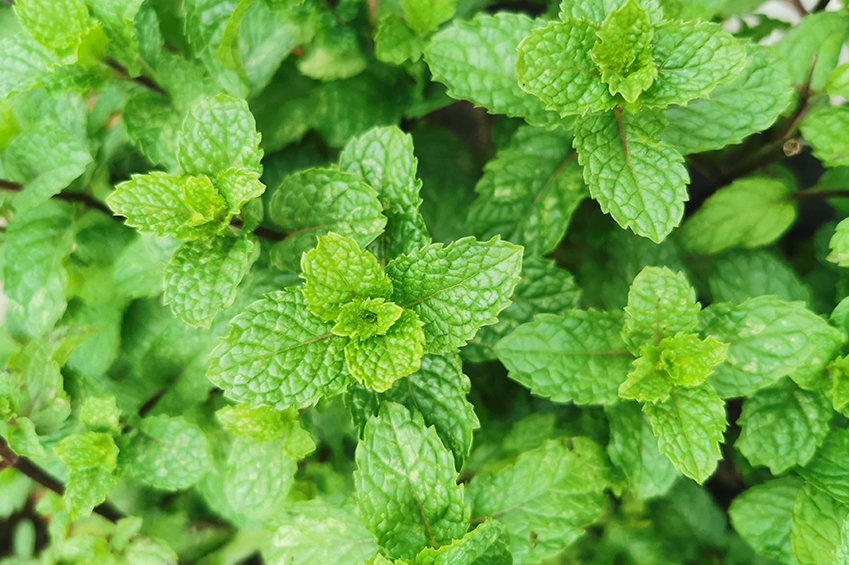
Lemon balm (Melissa officinalis)
Lemon balm provides a sweet and sour refreshment, especially in the summertime. It spreads quickly in the garden and is easy to handle. Whether used to wake up tired souls, as a conditioner for shiny hair, or as an ingredient in herbal cooking, lemon balm has many qualities to discover.
Continue reading
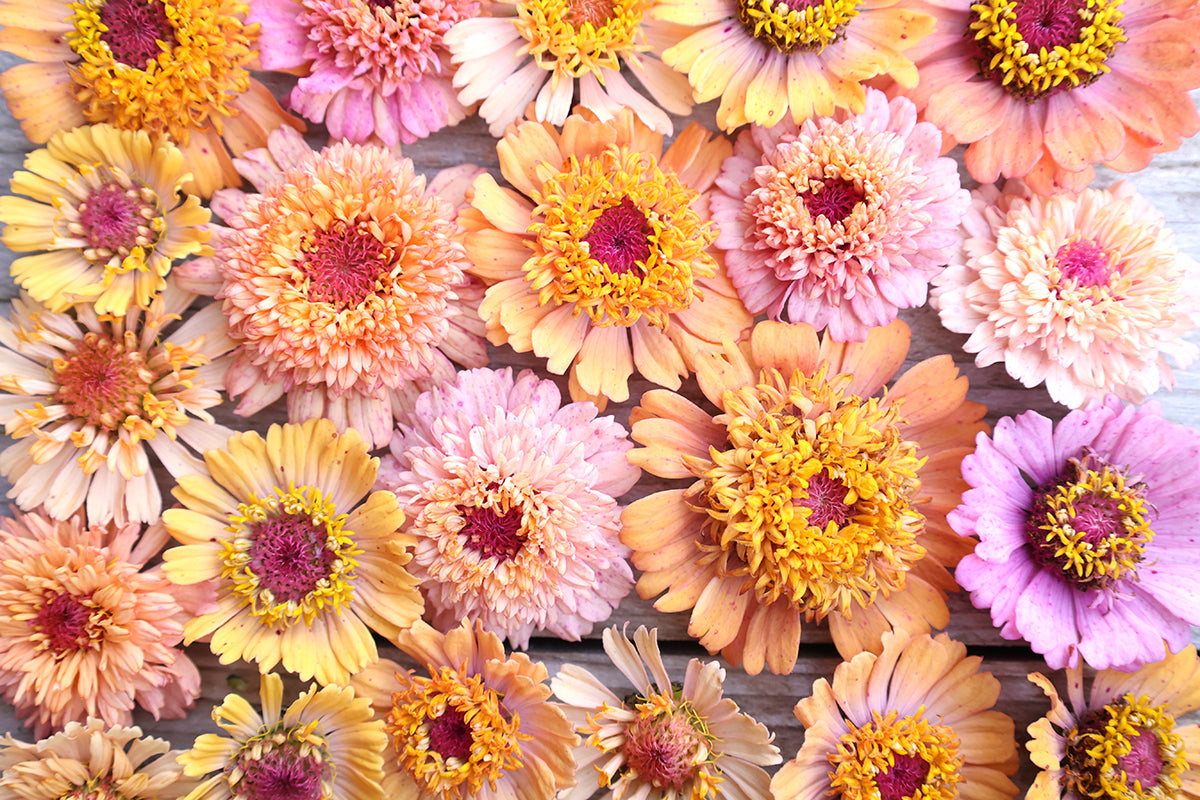
Zinnia (Zinnia elegans)
Zinnias are ideal cut flowers because of their longevity. In the border, they pair particularly well with other perennials and summer flowers. Smaller varieties are also suitable for pot cultivation. If you have marigolds, marigolds, or grasses in your garden, these make ideal border companions.
Continue reading
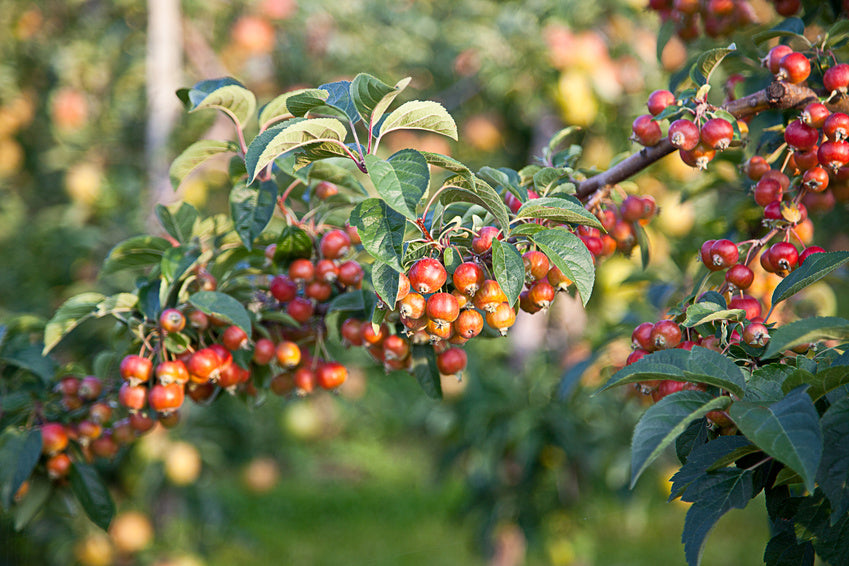
Ornamental apple (Malus hybrids)
The ornamental apple (Malus hybrids) is a magnificent small tree that blooms profusely, bears many fruits and is also largely resistant to all diseases.
Continue reading
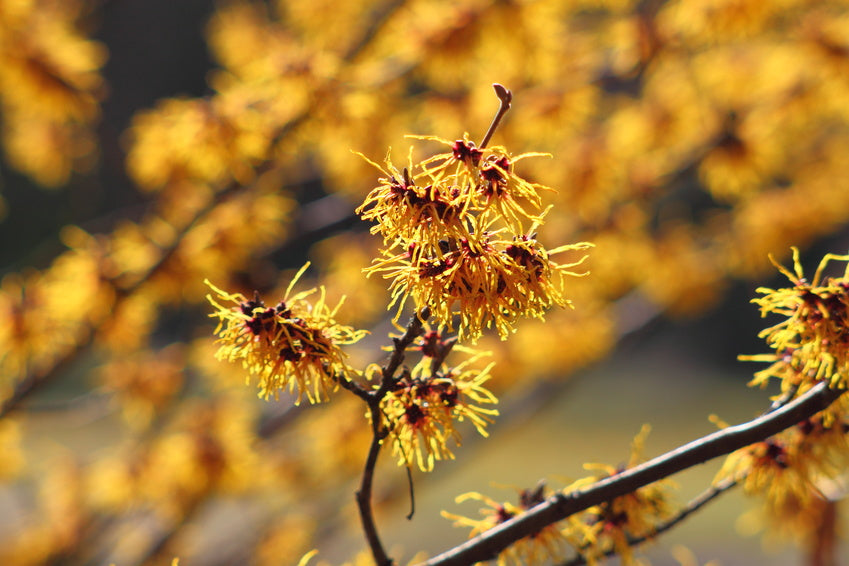
Witch hazel
If you unsuspectingly walk past a garden in the middle of winter and suddenly smell the wonderful scent of flowers, it can only mean one thing: the witch hazel (Hamamelis) has bloomed!
Continue reading
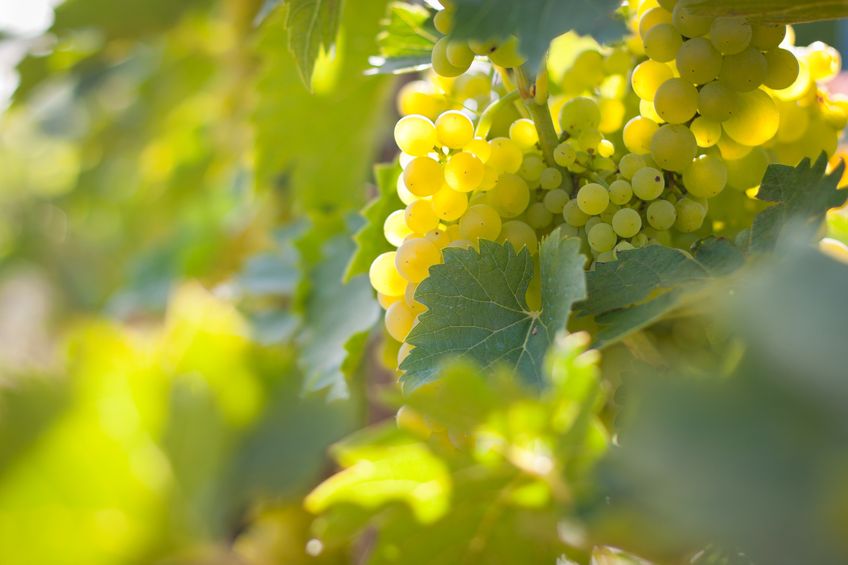
Grapes (Vitis vinifera)
They add a special flair to the garden and boast delicious fruits that are perfect as snacks, but can also be processed into jelly or jam: Grapes shouldn't be missing from your garden! And by the way: There's hardly a fruit whose juice is surrounded by more legends, secrets, and songs.
Continue reading
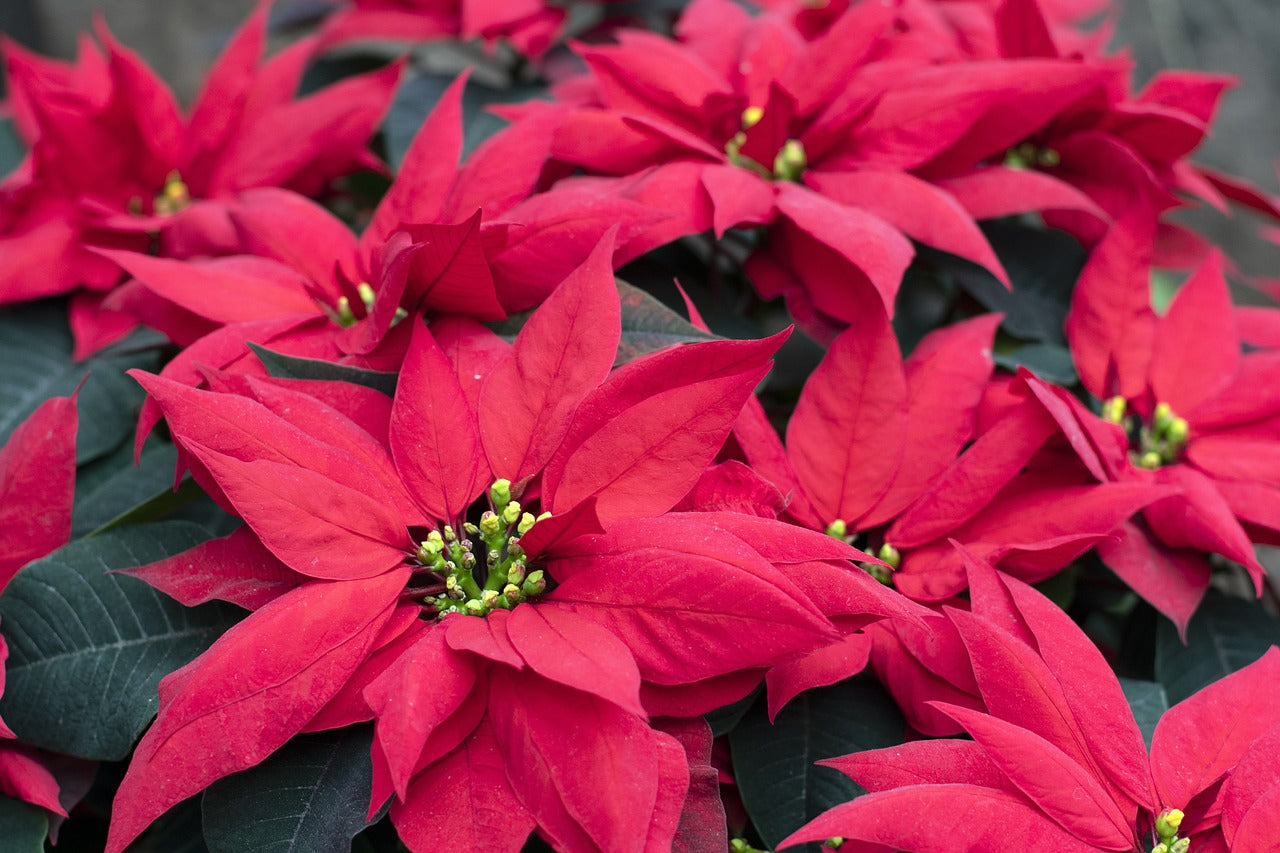
poinsettias
In the run-up to Christmas, the poinsettia (Euphorbia pulcherrima), with its magnificent, colorful leaves, is a special gift. During the cold season, it's one of the most popular houseplants. In America, Poinsettia Day is even celebrated every year on December 12th.
Continue reading
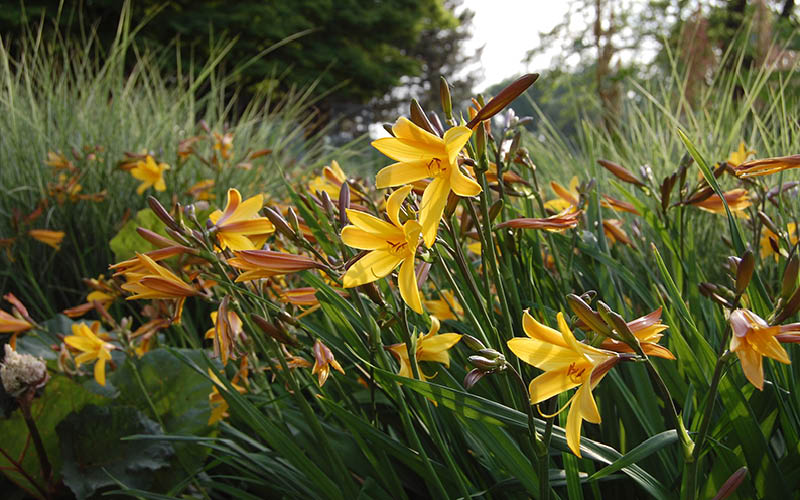
Daylilies – The tireless perennial bloomers
With relatively little maintenance, the wide variety of daylilies (Hemerocallis) brings a firework of color to our gardens. Even though each bloom lasts only a day, the perennial produces so many buds that we can enjoy their splendor almost all summer long.
Continue reading
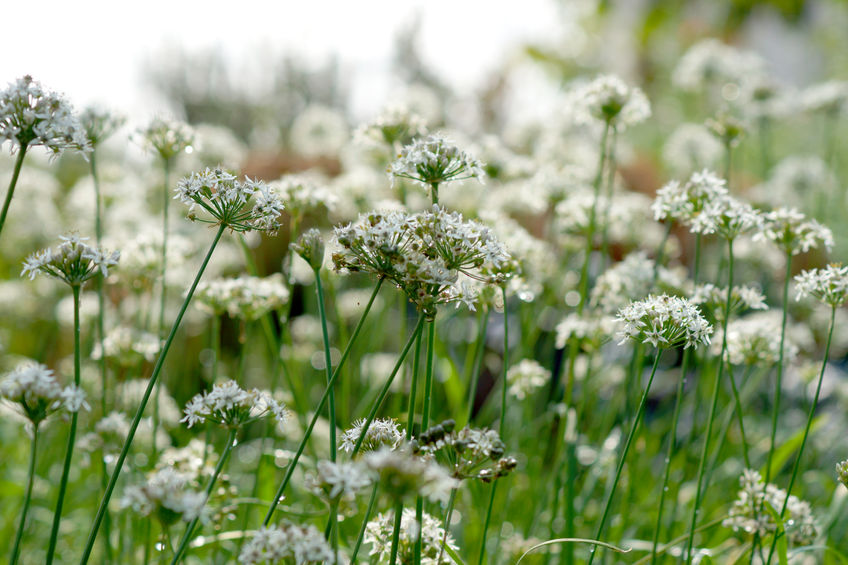
chives
Garlic chives belong to the allium genus and the onion family. They offer the perfect solution and good news for all garlic lovers who don't want to give up their garlic but don't want to give up the unpleasant after-dinner smell. Their flavor is milder than garlic but stronger and more intense t...
Continue reading
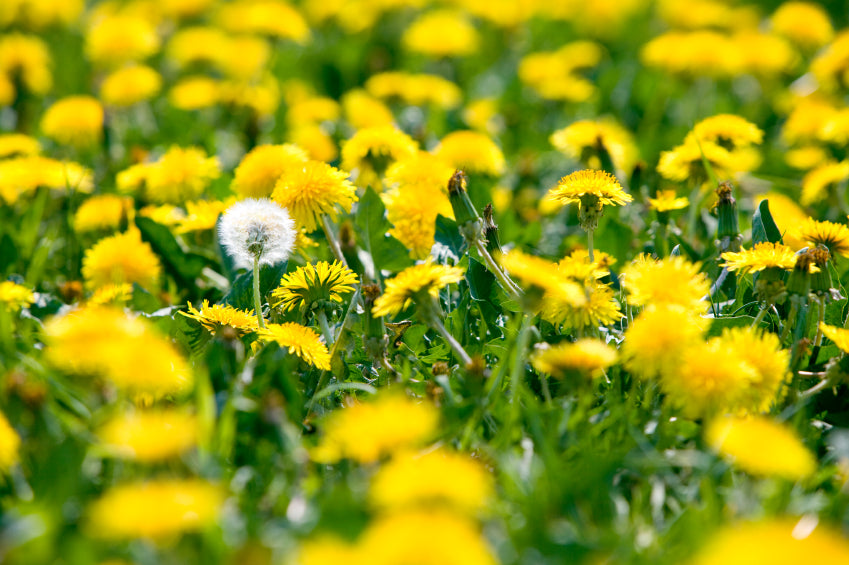
Dandelion (Taraxacum officinale)
Who doesn't immediately think of the 1980s TV show dandelion? On "Peter Lustig," the dandelion represented everything wild – the small plant grows everywhere it shouldn't. However, the leaves that cheekily push through the asphalt are best left uneaten. Fresh from the market or your own garden, h...
Continue reading
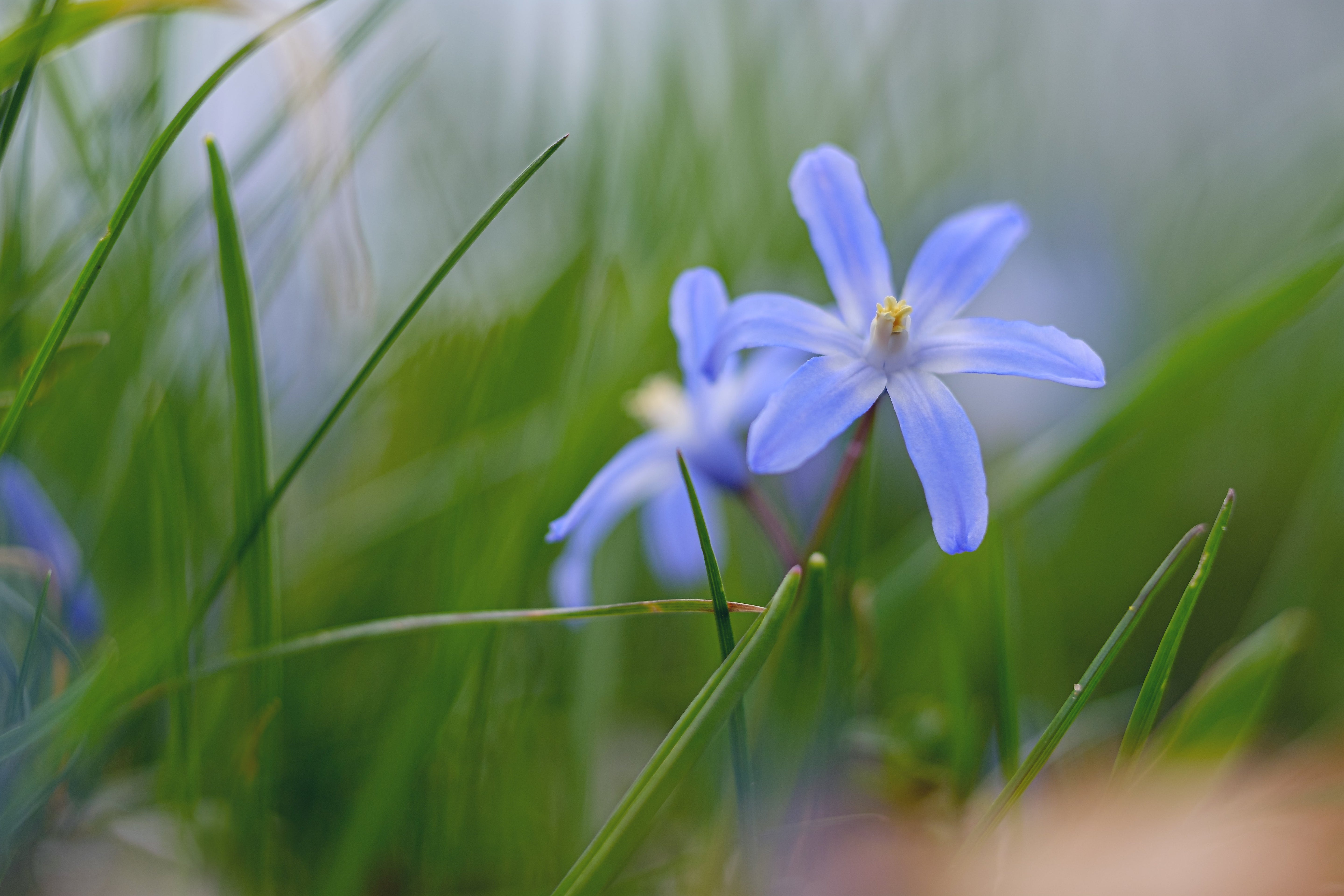
Squill (Scilla)
The often low-growing and hardy scillas are extremely popular early bloomers. They have a long flowering period and are otherwise relatively undemanding to care for. Furthermore, the blue-flowered plant spreads very rapidly. Today, around 20 cultivated varieties are known, although the range enco...
Continue reading
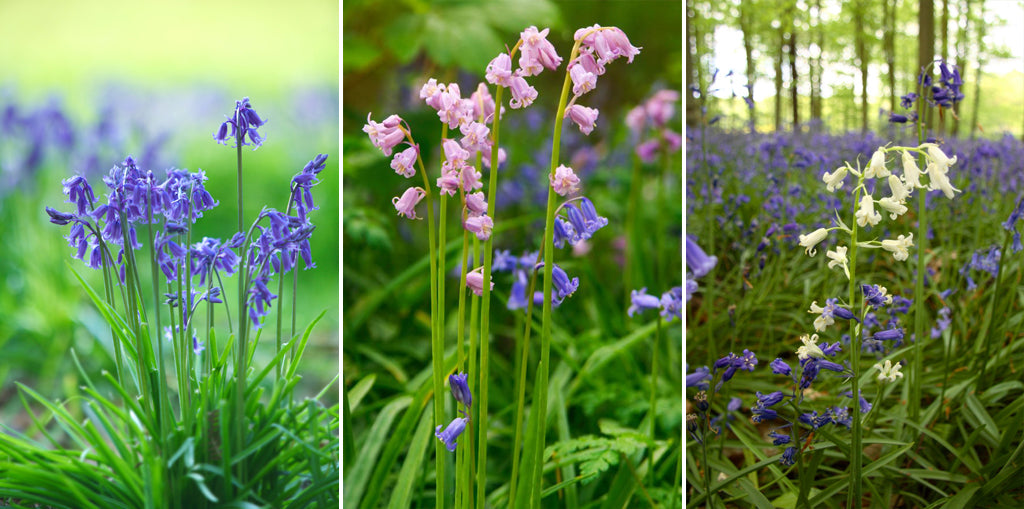
Blue wonder – the bluebell enchants forests
The Atlantic bluebell (Hyacinthoides non-scripta), also known as the English bluebell, wood hyacinth, or bluebell, is an early-flowering bulbous plant in the asparagus family. As soon as the spring warmth awakens them, they timidly reveal their first blue tips.
Continue reading
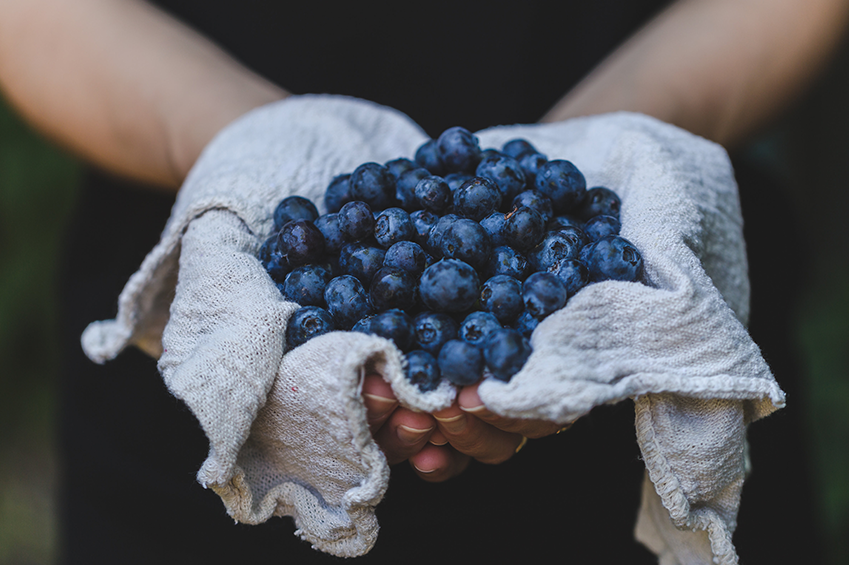
Blueberry, American
The American blueberry, or cultivated in the garden, is much easier than our native blueberry, Vaccinium myrtillus. Its fruits are rich in vitamin C and other vitamins, as well as the blue-dyed substance anthocyanin. This plant pigment is said to have anti-inflammatory properties. Due to its deco...
Continue reading
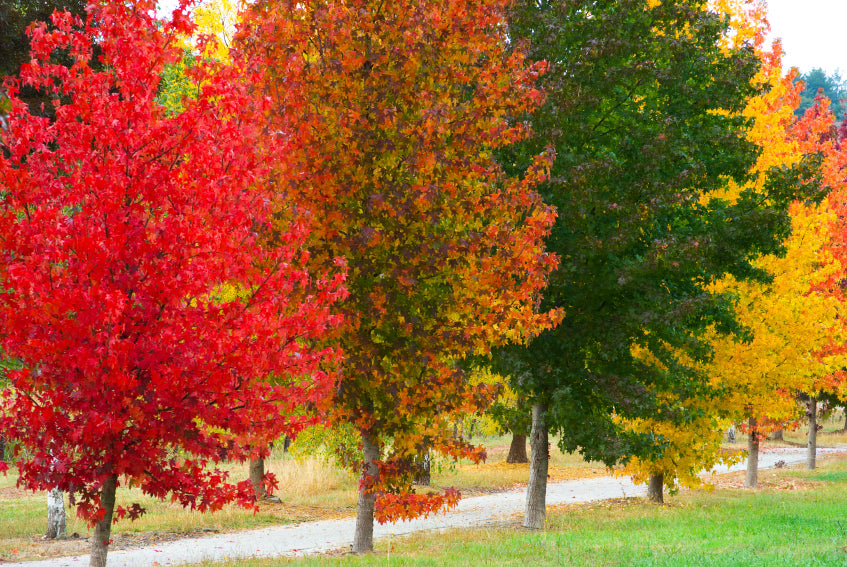
Sweetgum (Liquidambar)
The sweetgum is the perfect place for an autumnal firework! Native to North America, this tree has an aromatic sap that was once used to make chewing gum, which is why it is also known as 'American Sweetgum' or 'Redgum'. It has plenty of space in medium-sized gardens and is an excellent specimen ...
Continue reading
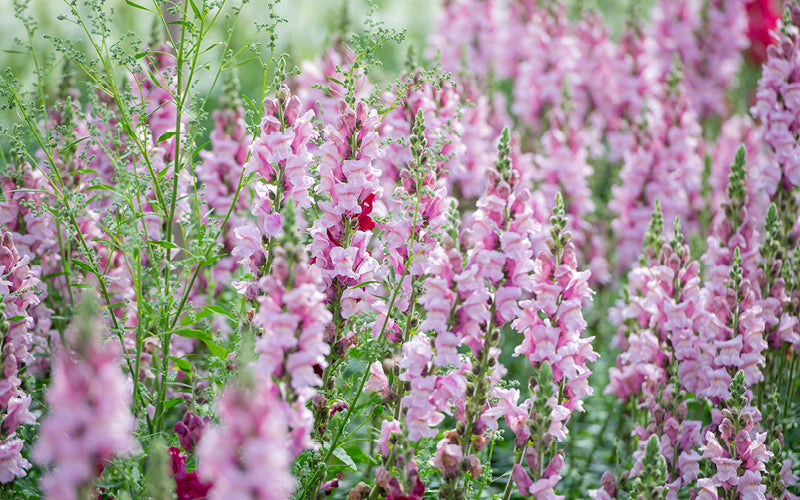
Snapdragon (Antirrhinum) – Care, flowering time & location at a glance
The Snapdragons (Antirrhinum majus ) are a true classic among summer flowers – colorful, charming, and uncomplicated. With their playful, "snappy" blossoms in pink, red, yellow, or white, they bring life to beds, balconies, or pots. Children are particularly amazed by the snappy flower shape – th...
Continue reading
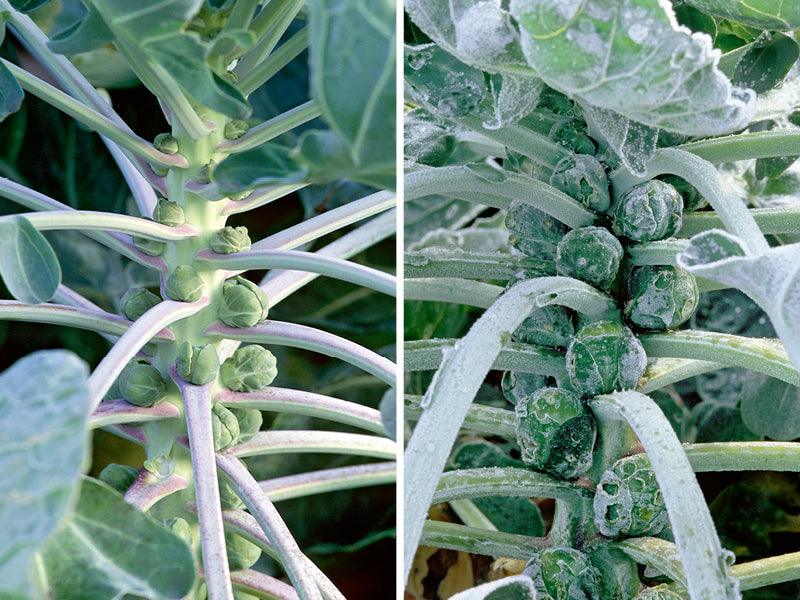
Brussels sprouts
As a special form of head cabbage, Brussels sprouts develop unique mini cabbage heads that, when properly prepared, develop a mild, nutty aroma.
Continue reading
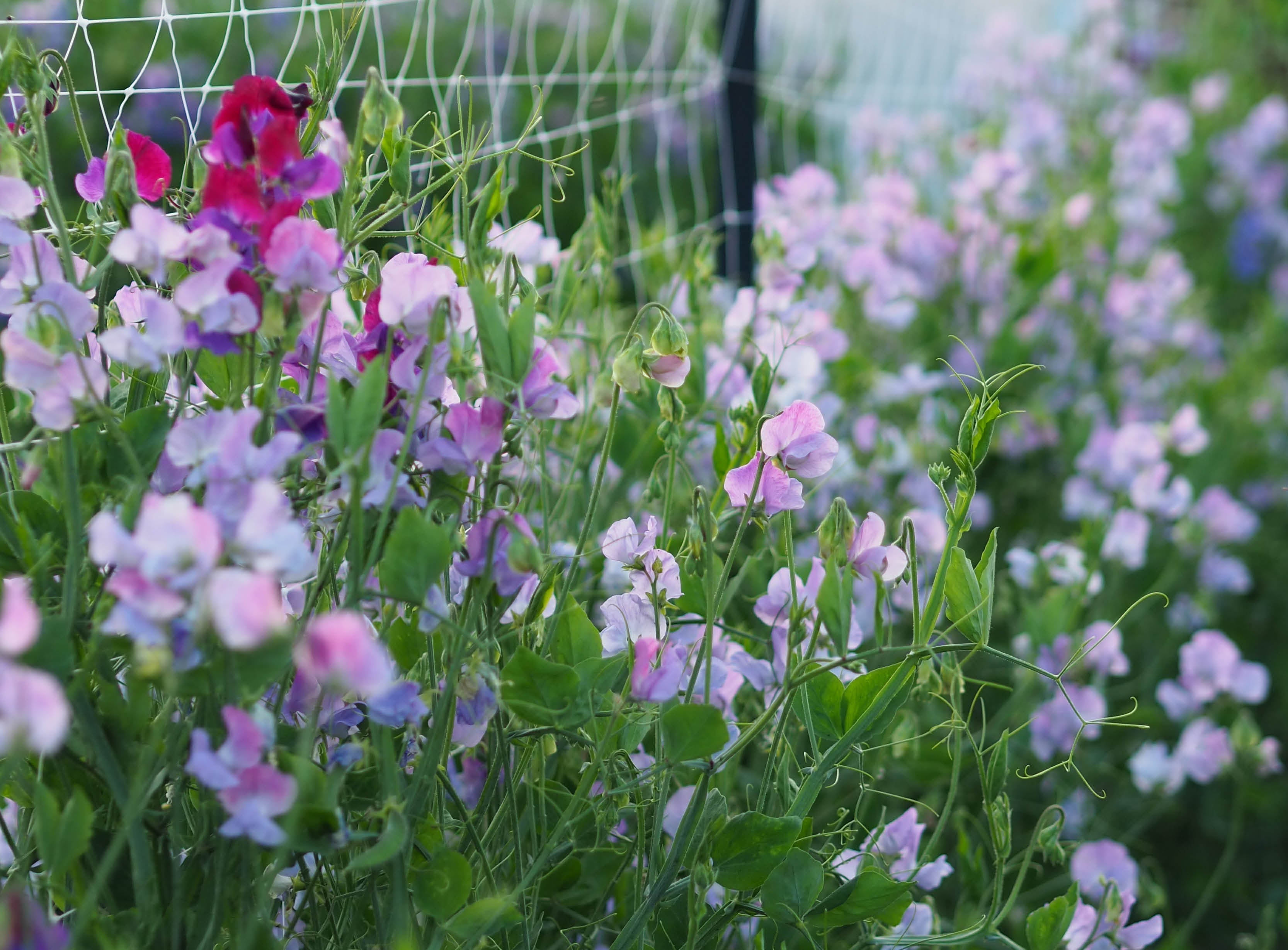
Sweet peas
What's summer without sweet peas, without that intoxicating scent, those delicate colors! Oh, how fortunate that there's always a piece of fence or a willow trellis somewhere; in a pinch, you can simply stretch some string between the three vertical supports of the canopy, and off you go.
Continue reading
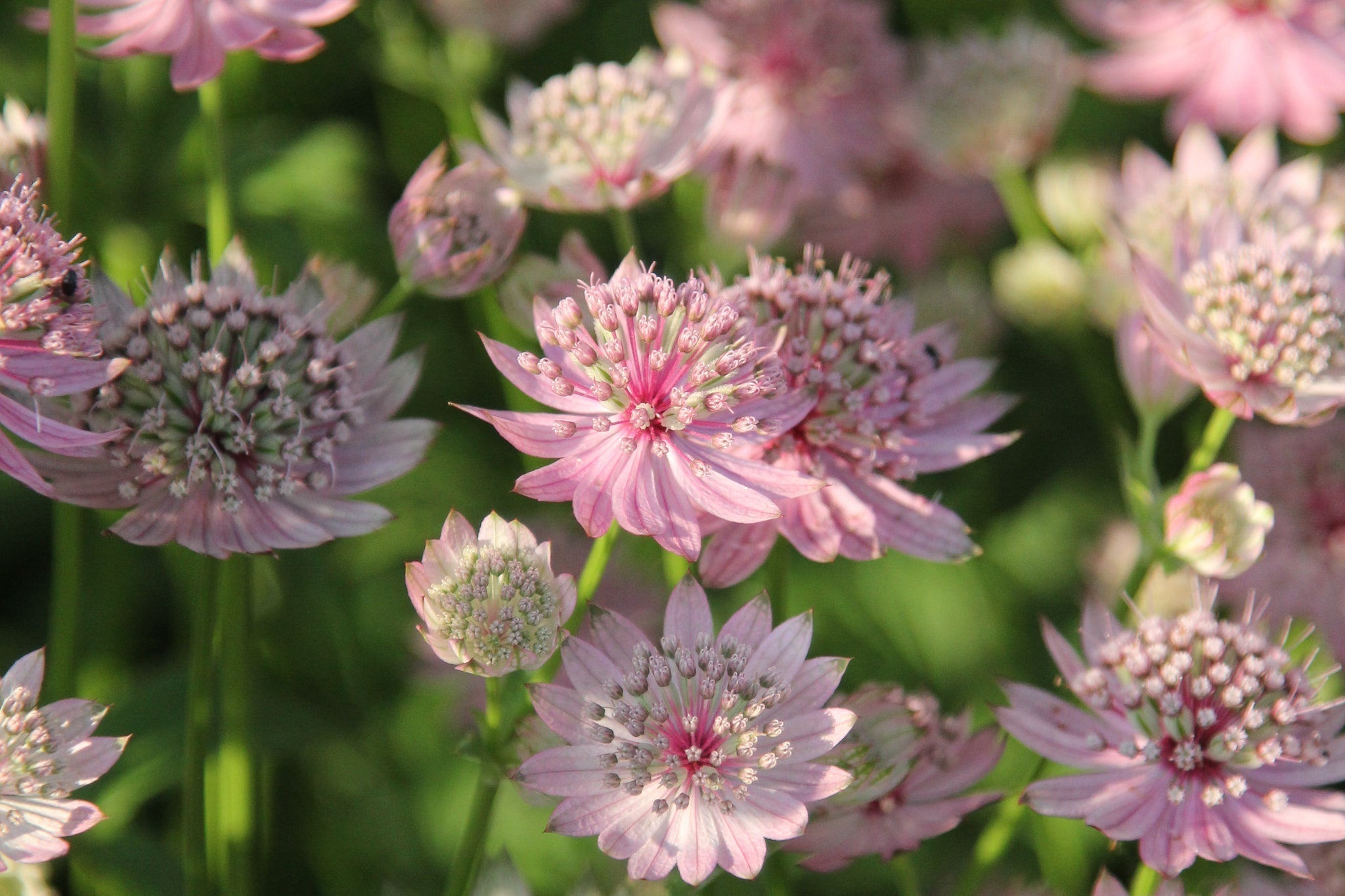
Masterworts – the fabulous world of Astrantia
In the interplay of light and shade, this enchanting perennial launches a charm offensive that's impossible to resist. And you shouldn't, otherwise your own garden will miss out on the fabulous world of masterwort!
Continue reading
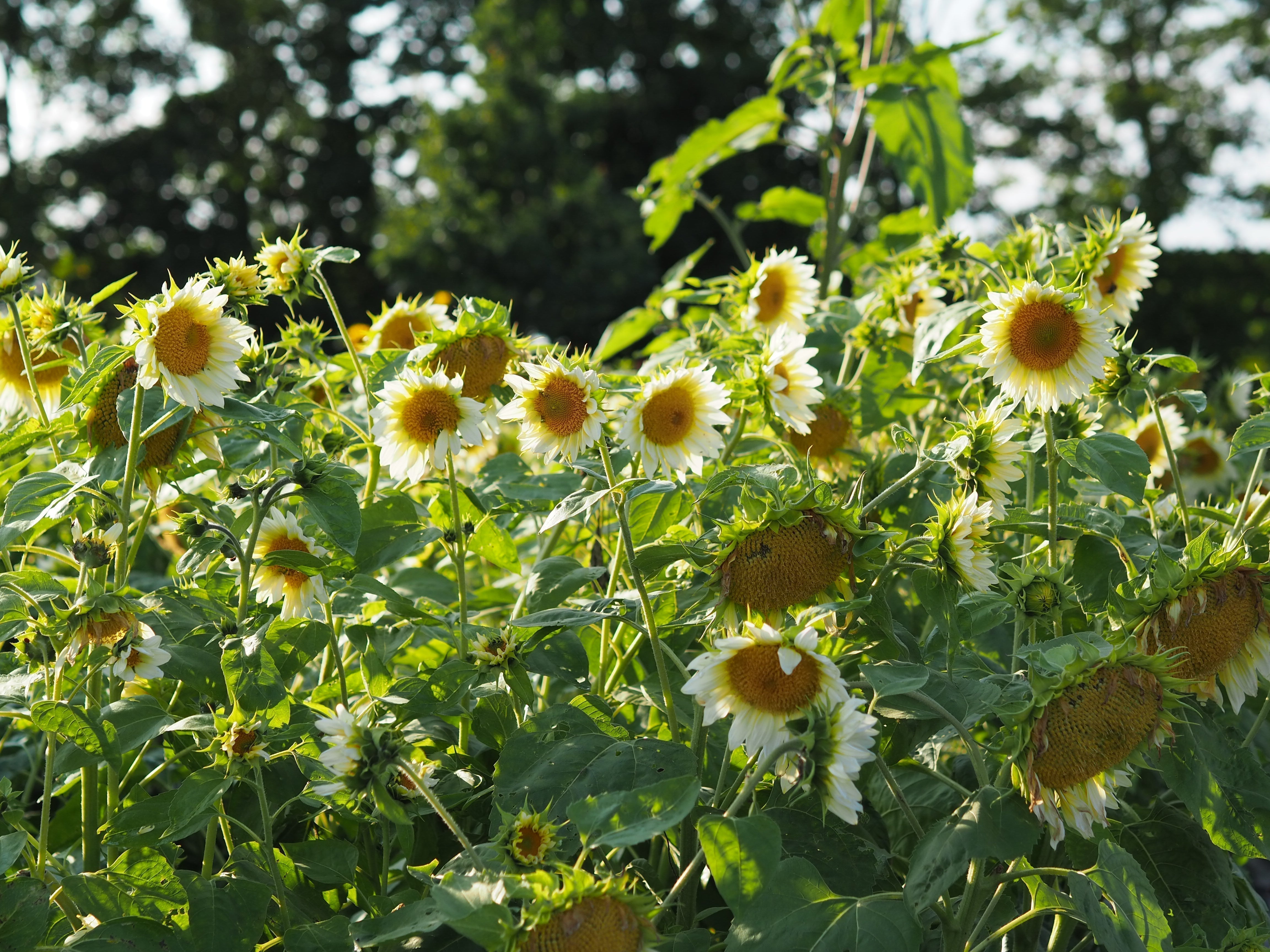
Sunflower (Helianthus annuus)
The sunflower is probably THE summer flower par excellence. Not only do their blossoms resemble tiny suns, they are also extremely important as crops, as sunflower seeds and sunflower oil are widely used in cooking. Therefore, you should also protect your sunflowers from birds if you plan to use ...
Continue reading
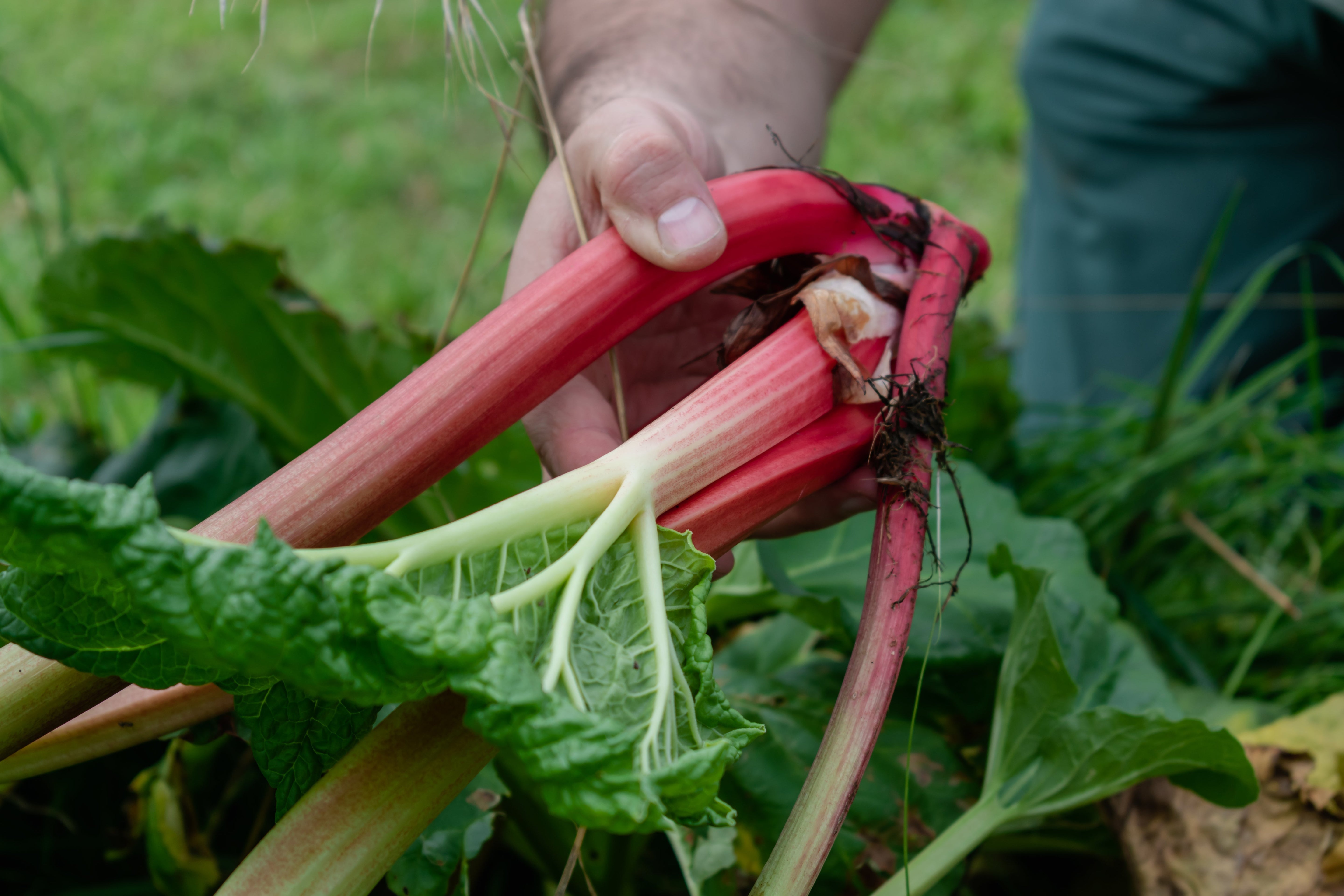
rhubarb
It's finally back! As one of the first harbingers of spring in the vegetable patch, rhubarb, with its red-green stalks, takes over the kitchen again in April. Now is the time to enjoy this delicious vegetable, as the sour season is unfortunately short.
Continue reading
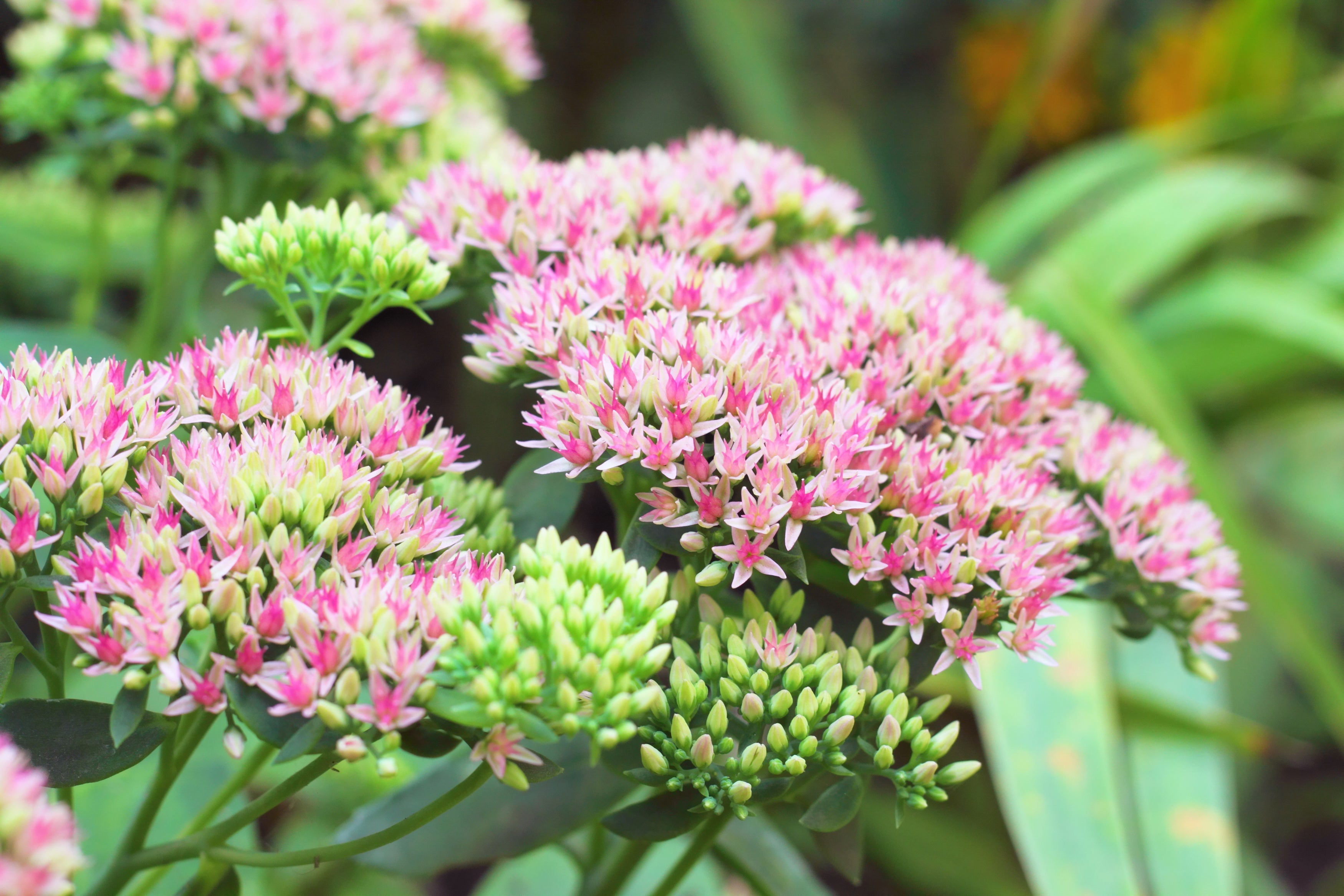
Beautiful stonecrop
The perfect ornamental plant for the foreground of your flowerbed. The spectabile stonecrop (Sedum spectabile) belongs to the Crassulaceae family and is hardy due to this characteristic. This summer perennial is particularly well-suited to rock gardens and large containers. As a slug-resistant, l...
Continue reading
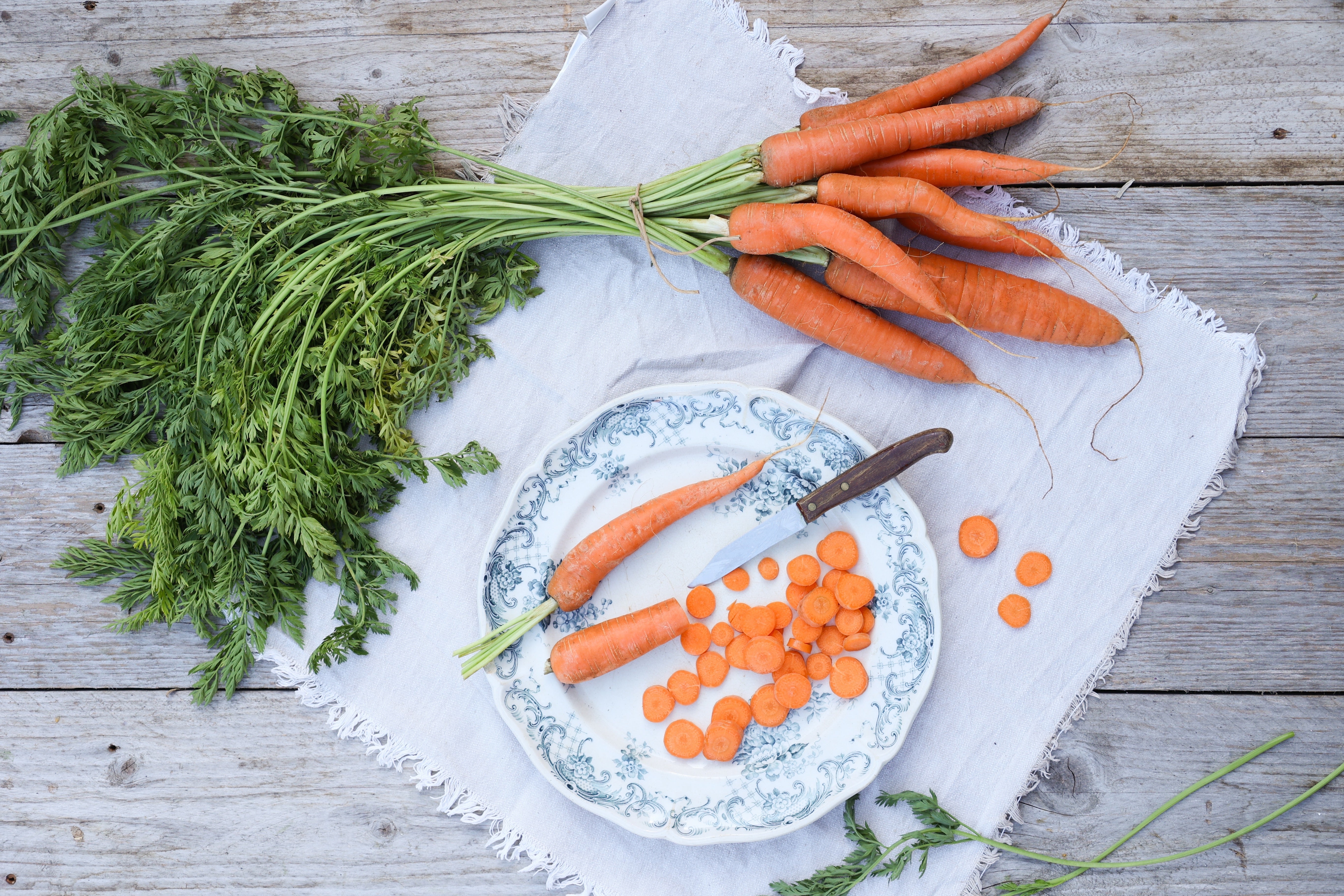
Carrots
The colorful beet plant is an all-rounder among vegetable plants and offers a wide variety of varieties. Carrots grow particularly well in light, loose soil, both in the ground and in pots. If you want to enjoy the taste of this crunchy vegetable all year round, plant different varieties and admi...
Continue reading
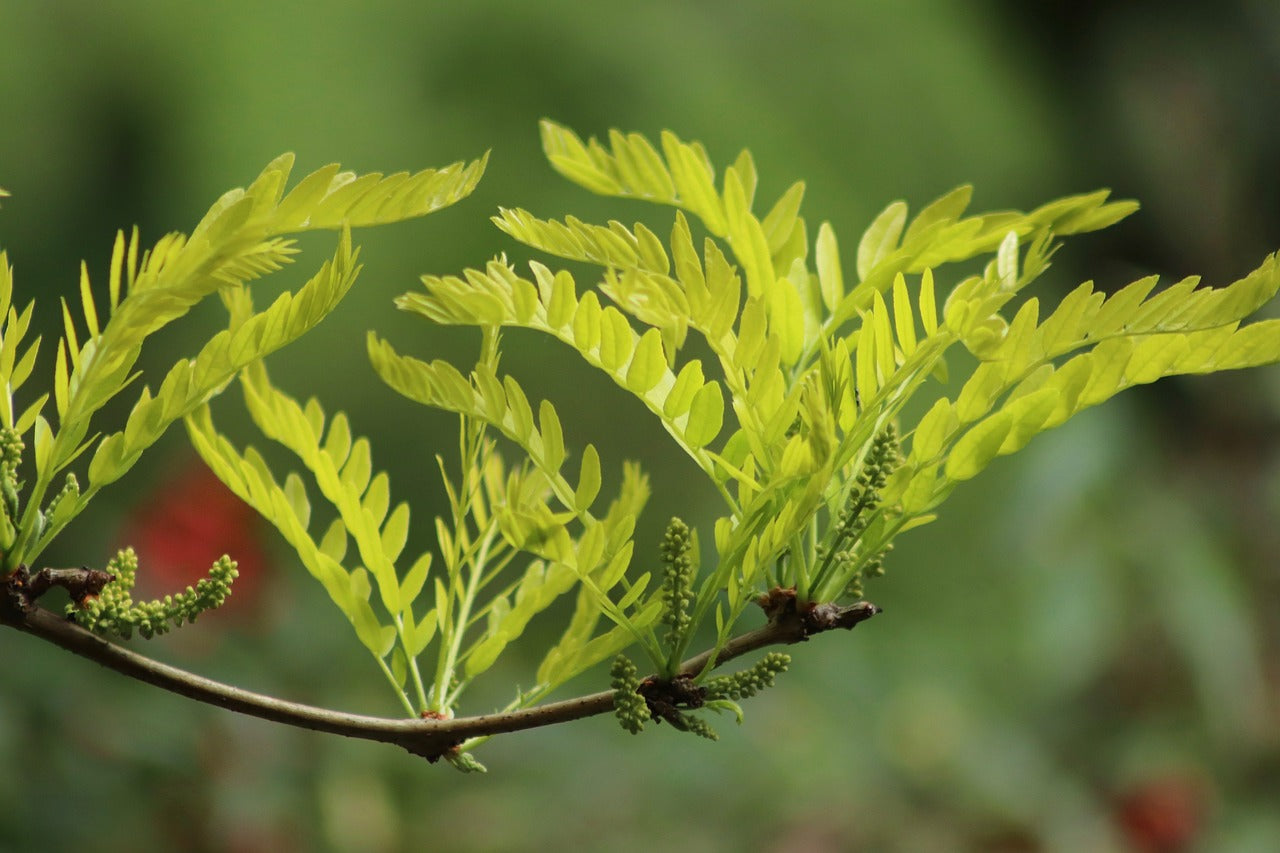
Gleditsia triacanthos
This North American native is perfect for both large and small gardens, and is even ideal for providing light shade on patios. However, if you have children or grandchildren frequently running around the garden, you should opt for thornless varieties.
Continue reading
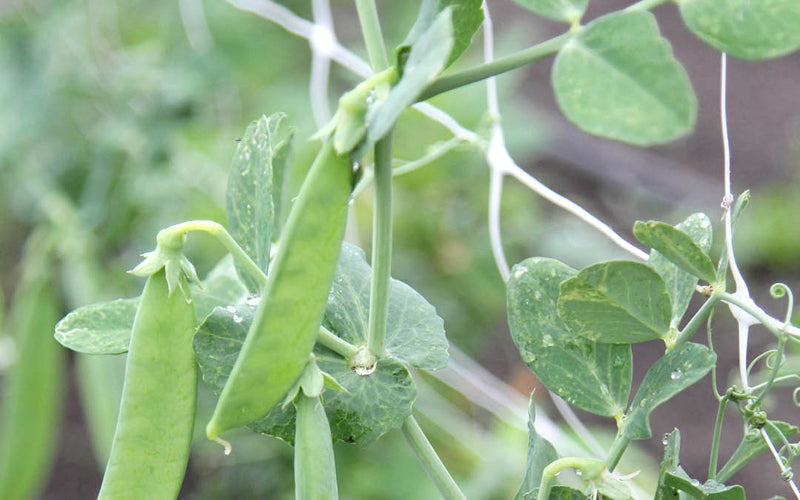
Planting, caring for and harvesting peas (Pisum sativum) – Tips for sugar, marker and pale peas in the garden
Peas are among the most popular and easy-to-grow legumes for the home garden. The tender, sweet seeds can be eaten straight from the bush, cooked fresh, or easily frozen. Pisum sativum, a member of the legume family, offers a wide variety of varieties – from crunchy mangetout to classic garden pe...
Continue reading
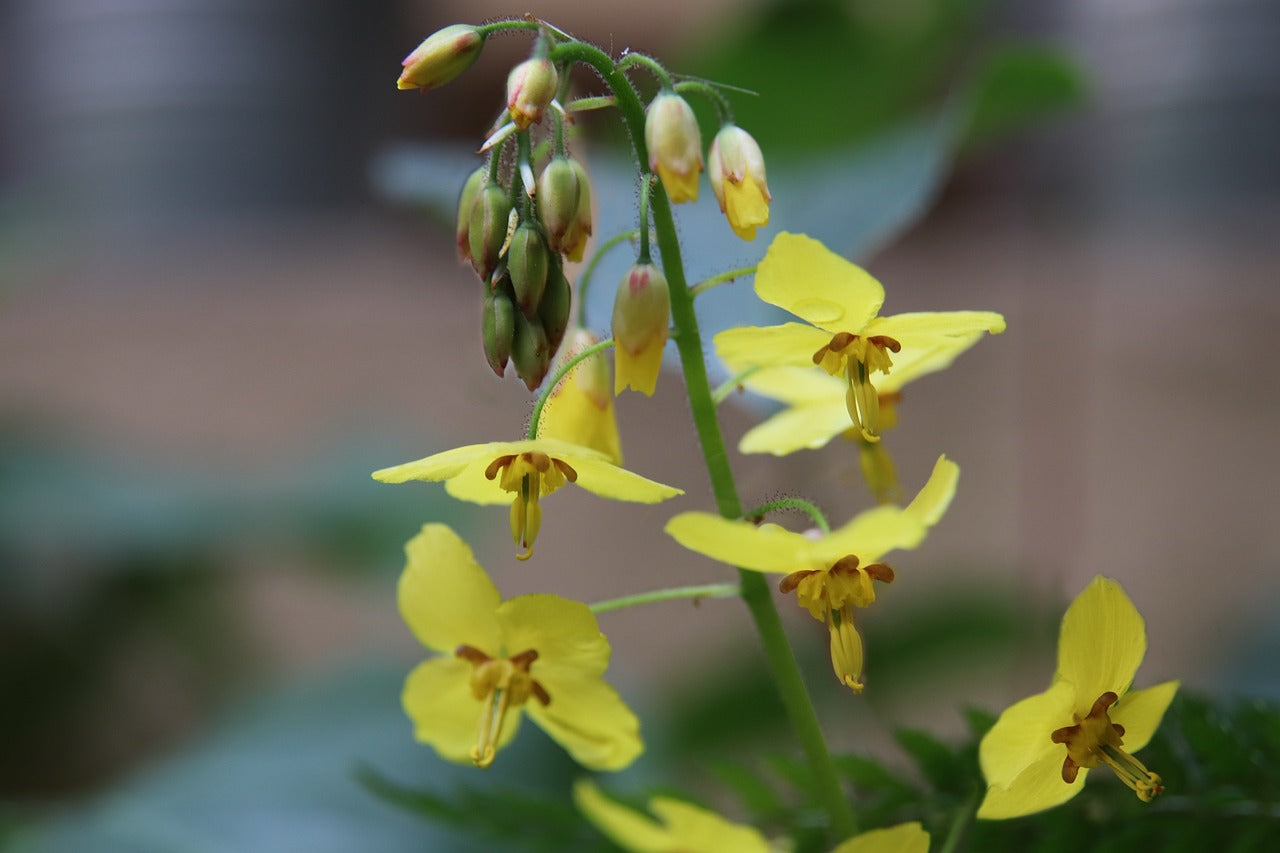
Fairy flowers – elegant beauties for the shade
Like little elves, the blossoms dance above the delicate canopy of leaves in spring. These delicate flowers and leaf shoots give the plant its name. Epimedium is the name given to this plant. Epimediums are woodland plants that thrive in light shade. They are found in the Northern Hemisphere, fro...
Continue reading
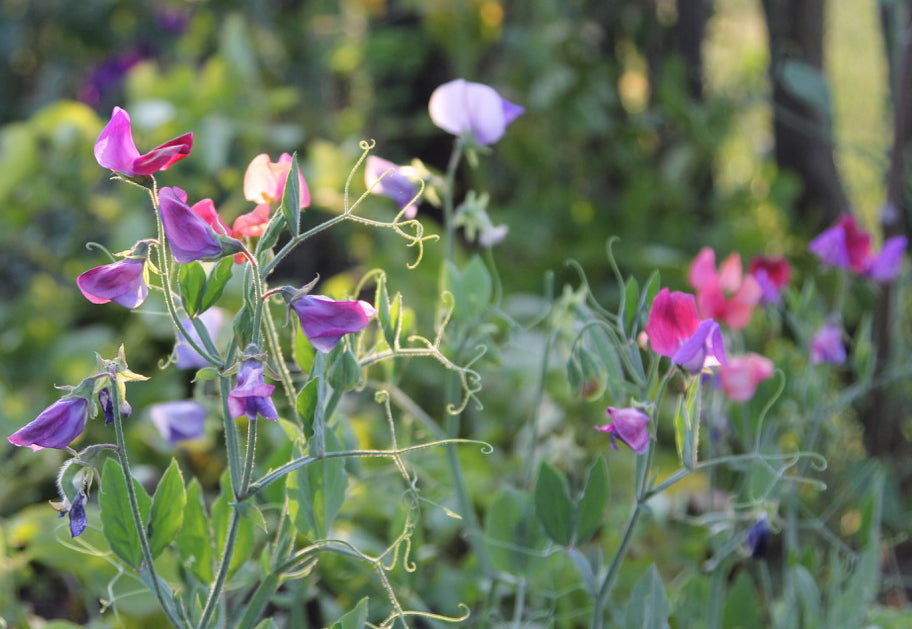
Planting, caring for and pruning sweet peas (Lathyrus odoratus) – romance and floral magic for your garden and balcony
Sweet peas are among the most romantic summer flowers of all. These annual climbers, with their delicate tendrils and delicate blossoms, not only exude a wonderfully sweet fragrance but also add vibrant color to beds, balconies, or fences and trellises. Known botanically as Lathyrus odoratus, the...
Continue reading
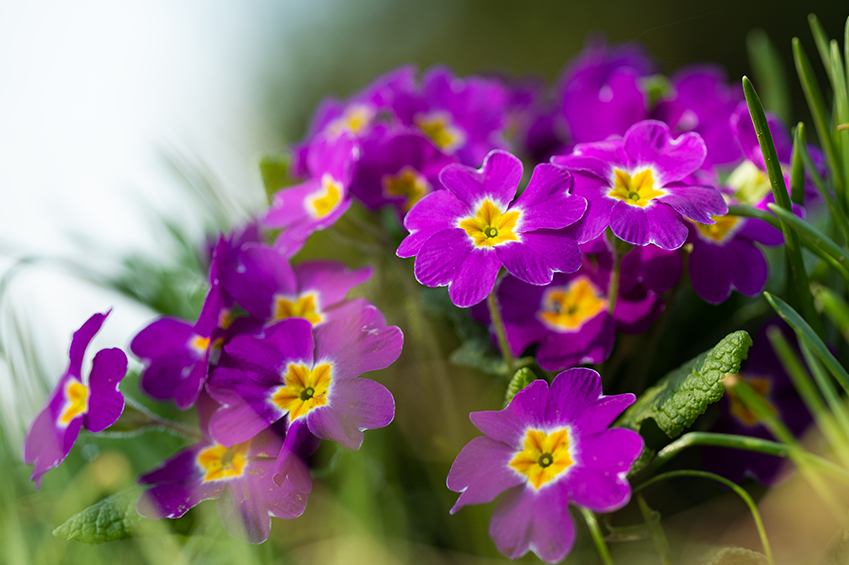
Colorful, cheeky, cheerful – garden primroses
Primrose – the name derives from the Latin word "prima," which means "the first." The name is absolutely fitting – early in the year, the colorfully blooming primroses bring us the first hint of spring into the garden and into the home. Many gardeners know primroses exclusively as a seasonal plan...
Continue reading
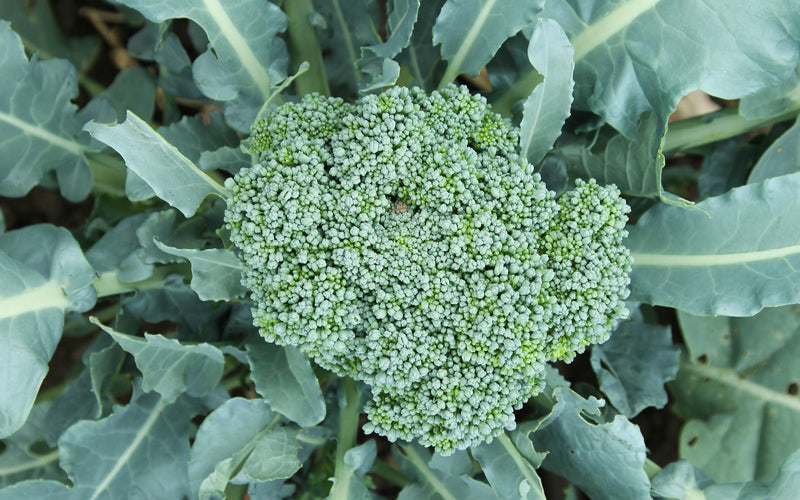
Planting, caring for and harvesting broccoli – how to grow it in your own garden
Broccoli is not only a true superfood, but also surprisingly easy to grow in your own garden. This green cabbage variety is closely related to cauliflower, but boasts a more delicate flavor and numerous health-promoting nutrients such as vitamin C, potassium, and antioxidants. Anyone who grows th...
Continue reading

Planting and caring for penstemon – delicate flowering perennial for sunny beds
Penstemon is a charming flowering perennial with delicate, tubular flowers that add a splash of color to the garden from early summer through autumn. Penstemon thrives particularly well in sunny beds with well-drained soil, but it also performs well in pots, tubs, or troughs. Its light, airy grow...
Continue reading

Propagating houseplants
There are many reasons for propagating plants. Sometimes plants are simply past their prime, or perhaps you want to give part of your favorite plant to a friend. Many houseplants can be propagated using cuttings or offshoots. We'll show you how!
Continue reading

Miracle plant money tree
The money tree, also called the penny tree, lucky tree, or jade tree, promises good luck and financial blessings. It is surrounded by many stories and powers, and it's incredibly easy to care for. Read what this miracle plant is all about!
Continue reading

Jerusalem artichoke
Common name: Jerusalem artichoke, Jerusalem artichoke, Jerusalem artichoke (note: Yacon and Helianthus are also known as earth pear), Jerusalem artichoke. Botanical name: Helianthus tuberosus. Family: Asteraceae.
Continue reading

Planting terrariums
Planted terrariums were all the rage in plush living rooms at the turn of the 20th century and are now making a comeback. This is due to the fact that the glass containers create a favorable microclimate.
Continue reading

Propagating succulents
The best thing about succulents: They're so easy to propagate! A single plant can quickly grow into an entire succulent family. We'll show you how.
Continue reading

Camellia profile – Camellia japonica
Camellias are truly exotic beauties. This distinctive plant is a true eye-catcher in any garden. Read all about the Camellia japonica in this fact sheet!
Continue reading

Purslane
About 400 species are grouped in the purslane family. Common purslane (Portulaca Oleracea) probably originates from India and is an ancient useful and medicinal plant.
Continue reading

Chamomile – Matricaria recutita
Chamomile is also known as "hermel," "garmille," "maid's flower," or "sorrow flower." It is native throughout Europe, across the Caucasus and the Middle East to northwest India.
Continue reading
